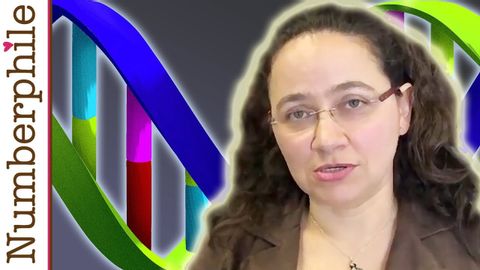DNAの形 - Numberphile (The Shape of DNA - Numberphile)
林宜悉 が 2021 年 01 月 14 日 に投稿  この条件に一致する単語はありません
この条件に一致する単語はありませんUS /ˈprɑːpərli/
・
UK /ˈprɔpəlɪ/
US /ˈstrʌk.tʃɚ/
・
UK /ˈstrʌk.tʃə/
- n. (c./u.)構造;建物
- v.t.組み立てる;組織する
- n. (c./u.)散らかっていること : 乱雑さ : 汚らしさ;問題;食べ物;食堂
- v.t.(物を)乱雑にする : ごちゃごちゃにする
US /əˈprɑksəmɪtlɪ/
・
UK /əˈprɒksɪmətli/
エネルギーを使用
すべての単語を解除
発音・解説・フィルター機能を解除

